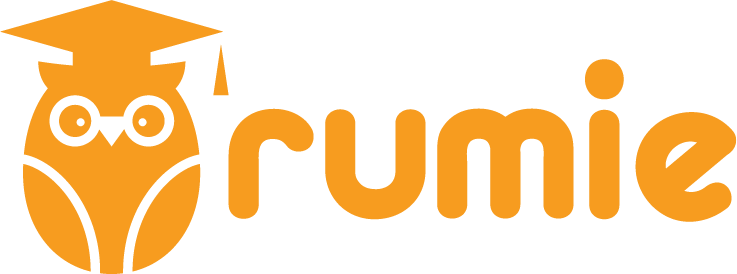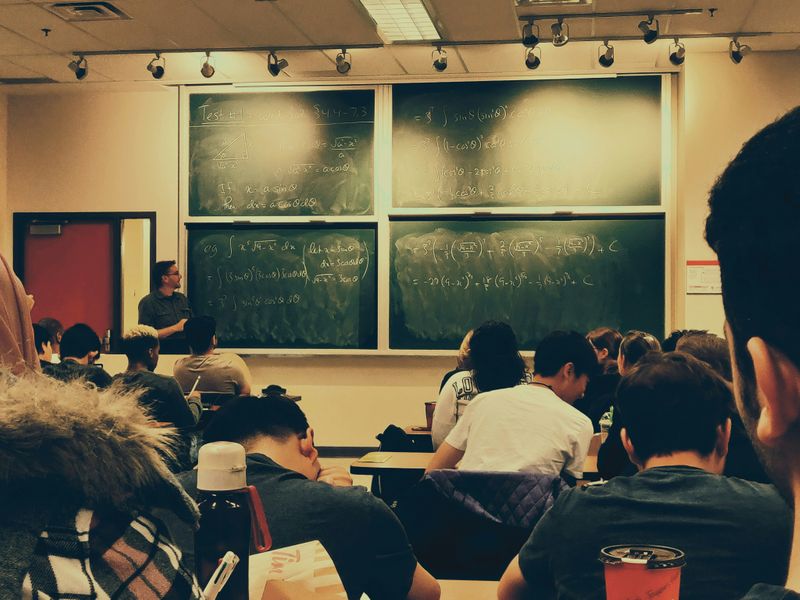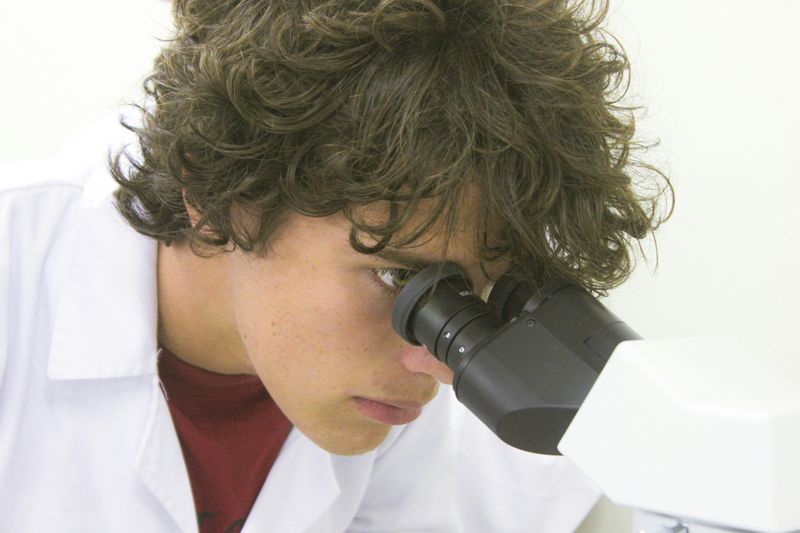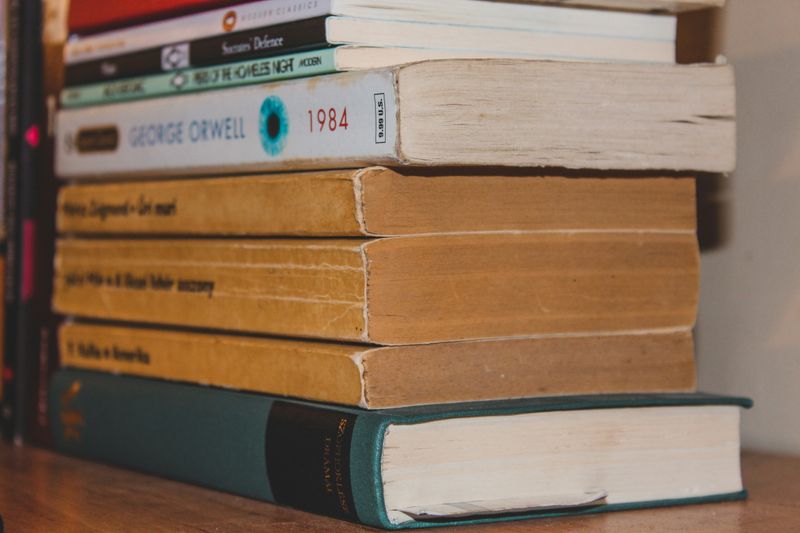Do you find that it takes you a long time to read or understand something?
Or perhaps you struggle to concentrate or motivate yourself to study?
You're not alone!

Many students find studying a challenge. Your study habits play an important role in what you learn and how well you perform.
Finding study techniques that work well for you can have huge benefits in high school!
What are study techniques? Why do I need them?
Study techniques are ways to help you learn more effectively and more efficiently. They help you process information so you can improve your learning.
Using study techniques can provide a foundation for academic success and help you prepare for exams, complete homework, projects, and also help with everyday learning.
Study techniques can help you:
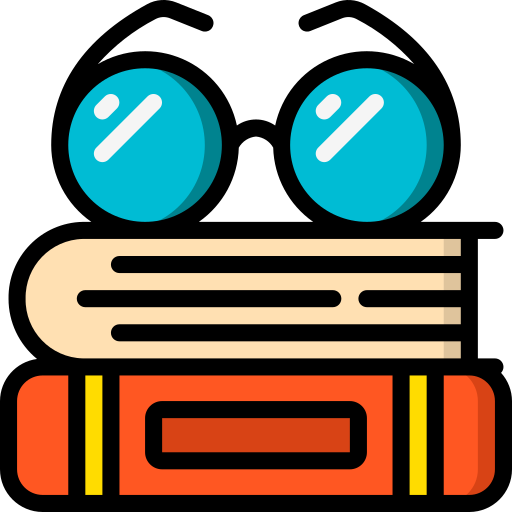
take something you read and change it into something meaningful, making learning more effective.
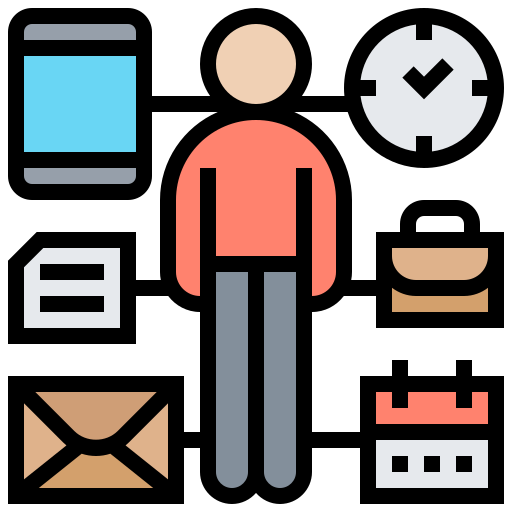
improve your organizational skills.
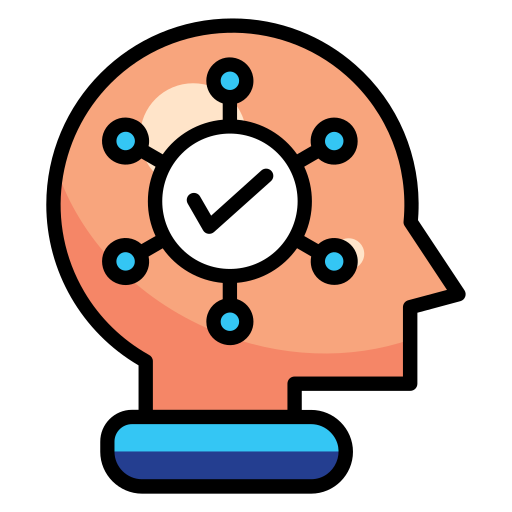
boost your memory and comprehension.
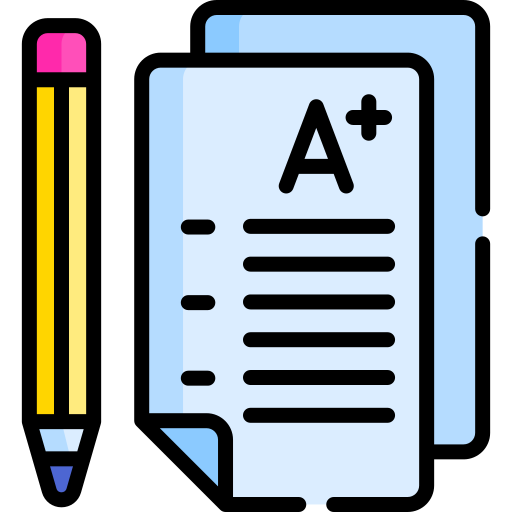
perform better on tests and assignments.
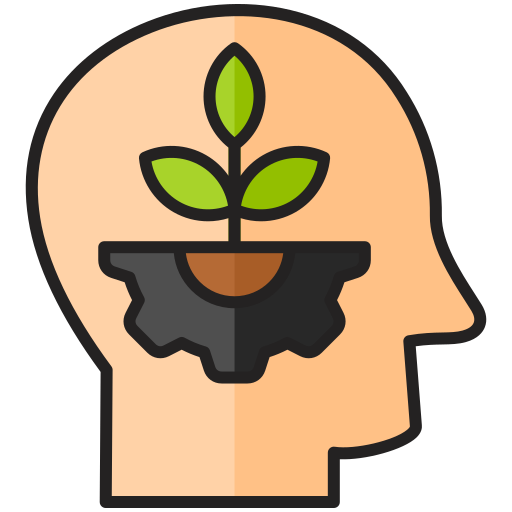
develop a proactive growth mindset.
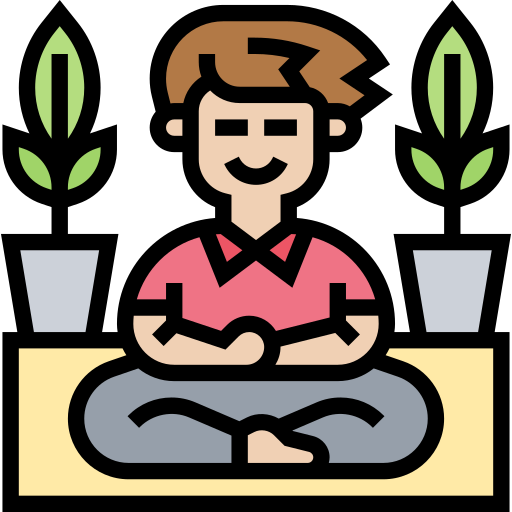
Using proper study techniques can make your study sessions less overwhelming and more productive.
How do you know if you need study techniques?
There are many areas where high school students struggle. Knowing where you need improvement can help you find the right study technique to use.
Here are some common sign that you might need a new study technique:
Procrastination
Difficulty retaining information
Lack of motivation
Test anxiety
Difficulty learning new skills
Unhappiness with your results at school
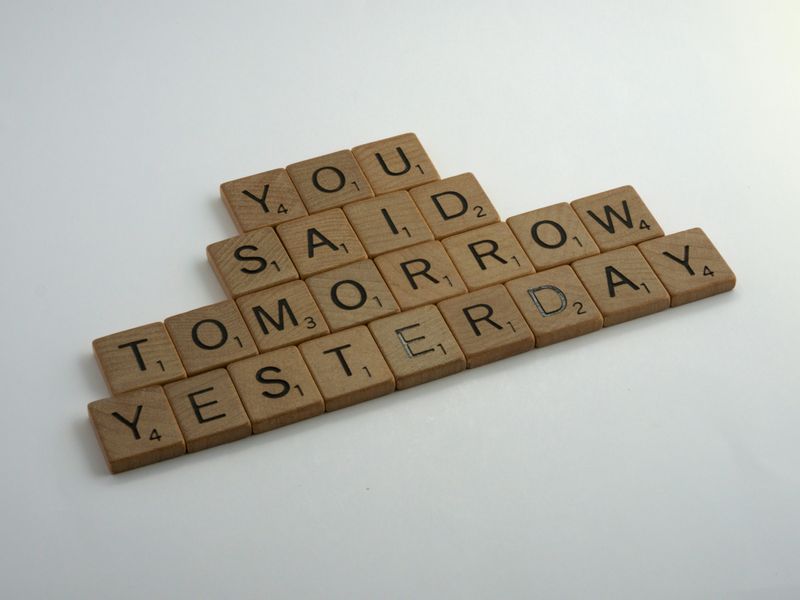 Photo by Brett Jordan on Unsplash
Photo by Brett Jordan on UnsplashIf any of the above applies to you, you may benefit from incorporating new study techniques to help you in high school.
Examples of study techniques
There are many, MANY study techniques that you can use. Once you know where you think you need help, you can find the right technique (for you) to help you achieve your personal or academic goals.
Here is a snapshot of some helpful study techniques:
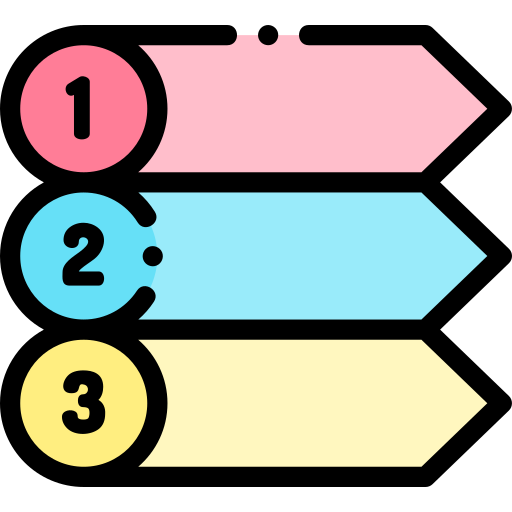
The Feynman Technique
Break down concepts into simple steps and explain them in your own words. This helps you retain info as you simplify complex ideas until they make sense.
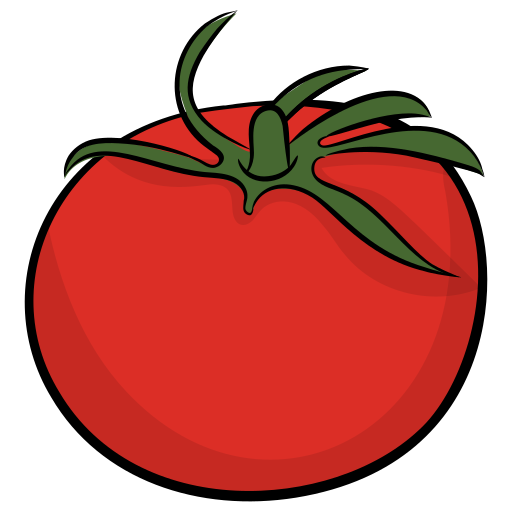
The Pomodoro Technique
Break down sessions into chunks of time- called pomodoros (usually 25 minutes with short breaks). This helps keep you focused and productive.
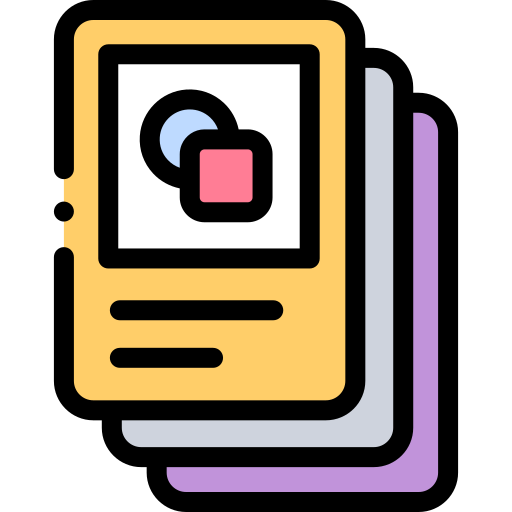
The Leitner System
Uses flashcards to practice spaced repetition. Expose yourself to the material over time and focus on areas that need attention.
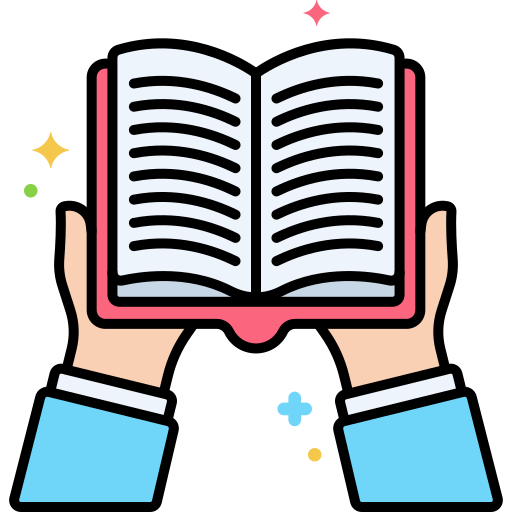
The SQ3R Method
Engage more with the material to retain the info. Scan headings or chapters, come up with questions, review, etc. This promotes active reading and engagement.
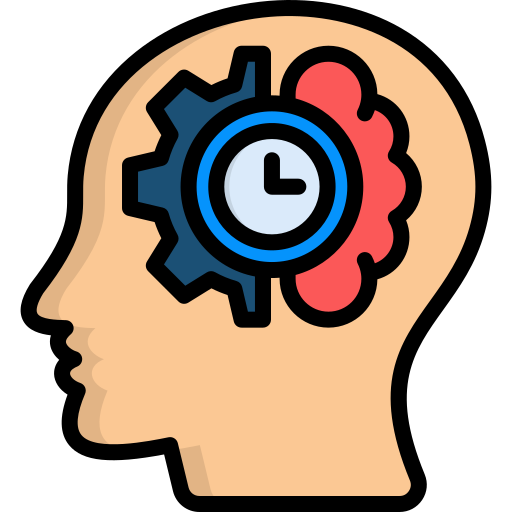
The Blurting Method
Choose a topic of study. Set a timer. Blurt out everything you can remember on the topic. This will help you recall what you know and get started on something if you feel stuck.
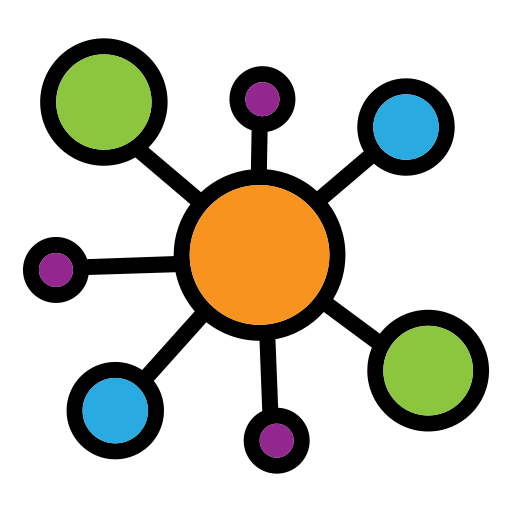
Mind Maps
Using a visual map, place the main topic in the center with related topics around it to show relationships between ideas. This helps you organize information and see how the big picture connects to other areas.
Want more info? Or, don't like these ones? Here are links to more detailed info on these techniques, plus some other ones, how to use them and how you'll benefit.
Quiz
You are having a hard time focusing on your studies. You're constantly distracted and feel like you can't concentrate. Which of these techniques should you try?
How to apply study techniques in high school
Let's take a look at how you can apply some of these study techniques in high school using your favorite subjects: math, science, and English!
Math: The Leitner System
You have a unit test to study for, and it's filled with formulas. Use flash cards to show a question, then write the formula for that question. Once you're confident, move the card to a new pile. Keep reviewing the cards until they've all been moved to the new pile.
Science: The Blurting Method
You are working on a unit about plant anatomy. Use the Blurting method and set a timer for 10 minutes. Write down what you know about a plant's anatomy. When the timer goes off, review what you've written and organize your thoughts.
English: Mind Map
You're studying Romeo and Juliet, and you have a test on characters and themes. Use the Mind Map technique and write down the main character in the center and other characters around it. List the themes and plots that connect everyone together.
You may use one technique for all your classes. You may like to switch between them for each class, or even each unit. Learning about these study techniques helps you find out which one(s) work best for you. And, let's be honest, some of these sound really fun!
Take Action
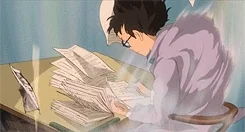
Your feedback matters to us.
This Byte helped me better understand the topic.
